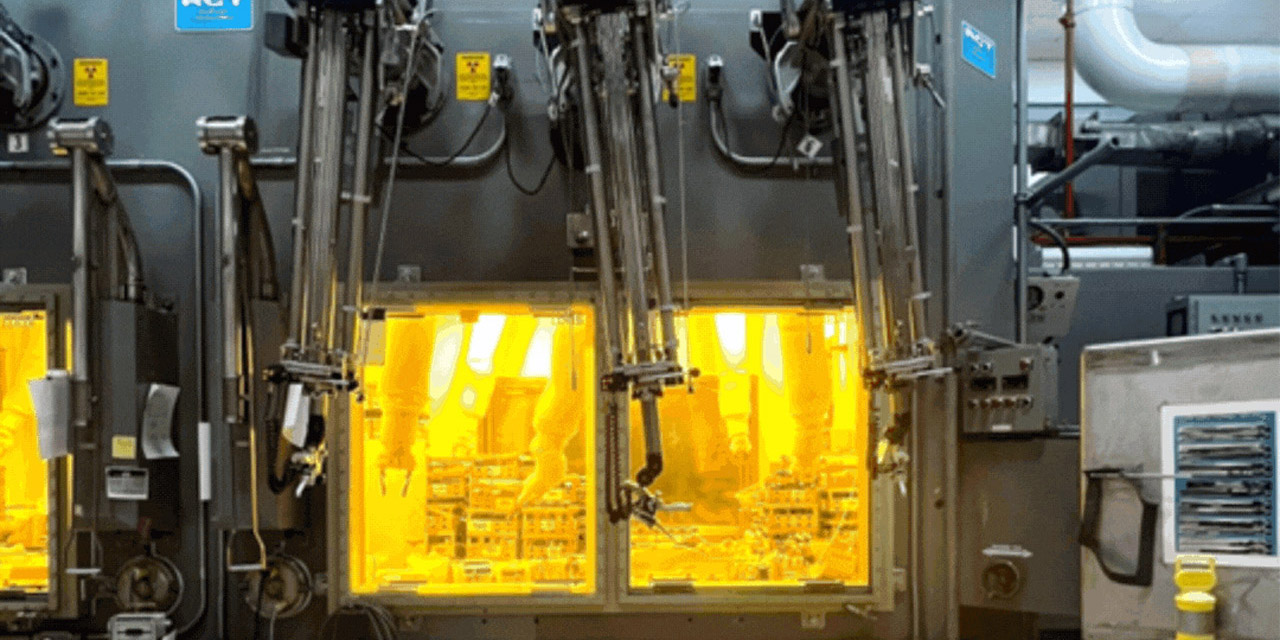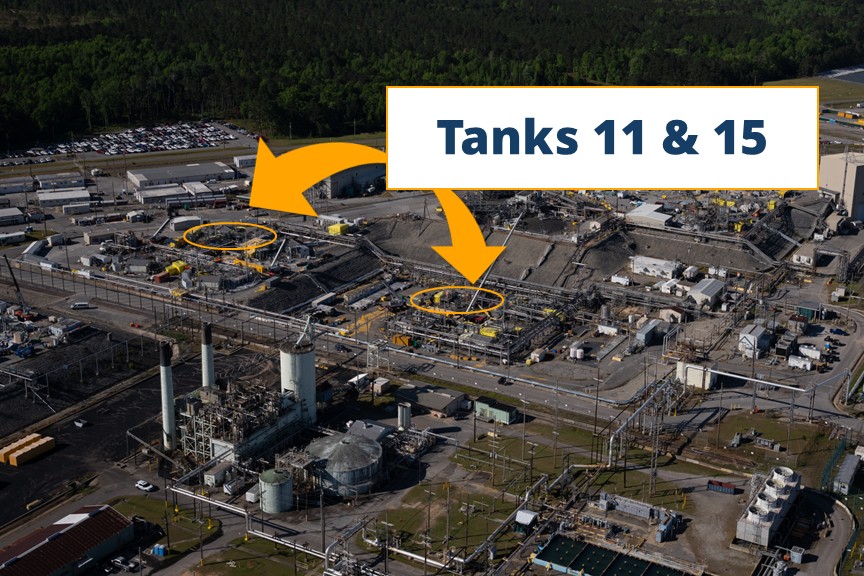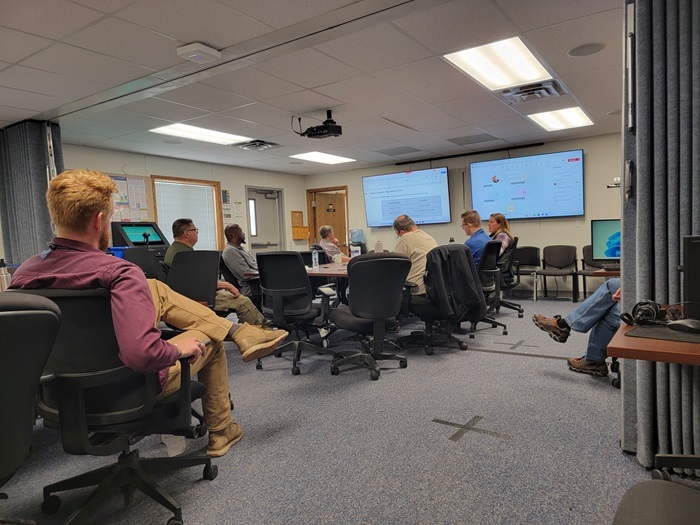Hanford lab upgrades for hot work and waste treatment

Upgrades are underway at the Department of Energy’s Hanford Site to prepare its 222-S Laboratory to treat tank waste under the Direct-Feed Low-Activity Waste (DFLAW) program.


Upgrades are underway at the Department of Energy’s Hanford Site to prepare its 222-S Laboratory to treat tank waste under the Direct-Feed Low-Activity Waste (DFLAW) program.
DOE on track to deliver high-burnup SNF to Idaho by 2027
The Department of Energy said it anticipated delivering a research cask of high-burnup spent nuclear fuel from Dominion Energy’s North Anna nuclear power plant in Virginia to Idaho National...

Novel waste analysis process approved for Hanford
A new method has received Washington state’s approval for use at the 222-S Laboratory at the Department of Energy’s Hanford Site, improving how experts analyze tank waste and providing...

DOE issues new NEPA rule and procedures—and accelerates DOME reactor testing
Meeting a deadline set in President Trump’s May 23 executive order “Reforming Nuclear Reactor Testing at the Department of Energy,” the DOE on June 30 updated information on its National...

Experimenters get access to NSUF facilities for irradiation effects studies
The Department of Energy’s Office of Nuclear Energy announced the recipients of “first call” 2025 Nuclear Science User Facilities (NSUF) Rapid Turnaround Experiment (RTE) awards on June...

Savannah River Site empties more waste tanks
The Department of Energy announced that waste from two more tanks at its Savannah River Site has been removed ahead of schedule. The tanks—numbers 11 and 15—are the fourth and fifth waste...

DOE extends Centrus’s HALEU production contract by one year
Centrus Energy has secured a contract extension from the Department of Energy to continue—for one year—its ongoing high-assay low-enriched uranium (HALEU) production at the American...

Take steps on SNF and HLW disposal
With a new administration and Congress, it is time once again to ponder what will happen—if anything—on U.S. spent nuclear fuel and high-level waste management policy over the next few...
DOE opens pilot program to authorize test reactors outside national labs
Details of the plan to test new reactor concepts under the Department of Energy’s authority but outside national laboratory boundaries—first outlined in one of the four executive orders on...
Hanford proposes “decoupled” approach to remediating former chem lab
Working with the Environmental Protection Agency, the Department of Energy has revised its planned approach to remediating contaminated soil underneath the Chemical Materials Engineering...

Hanford teams prepare for first tank waste transfer
The Department of Energy’s Office of Environmental Management said that crews at its Hanford Site in Washington state are preparing for the site’s first-ever transfer of radioactive waste...
